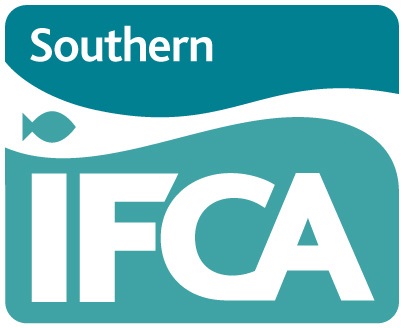Management of Marine Protected Areas
Under Sections
153
and
154
of the
Marine and Coastal Access Act 2009
, and the Conservation of Habitats and Species Regulations 2010, Southern IFCA is responsible for the management of fishing activities within inshore (0-6nm) MPAs and must take the necessary steps to ensure their conservation objectives are furthered.
Human activities are not automatically excluded from MCZs, SACs and SPAs, instead, activities are closely monitored to ensure that they do not damage or disturb the protectedhabitats and species. If an activity is not compatible with the conservation objectives of anMPA, management is introduced to apply restrictions. Restrictions can range from spatialclosures when a species or habitat is extremely sensitive to a particular type of fishingactivity e.g., seagrass beds and bottom towed gear. To seasonal closures, permittedaccess, fishing gear modifications or other fishing effort limitations.
Management can be introduced on a voluntary basis using Fishery Guidance and Codes of Conduct or through statutory measures in the form of byelaws. In addition to MPA focused management there is a range of complimentary fisheries measures in the district that support the management of fishing activities within MPAs such as our “Vessels Used in Fishing 2012” byelaw that greatly restricts fishing effort in the District as all fishing vessels must not exceed 12 metres in length.
